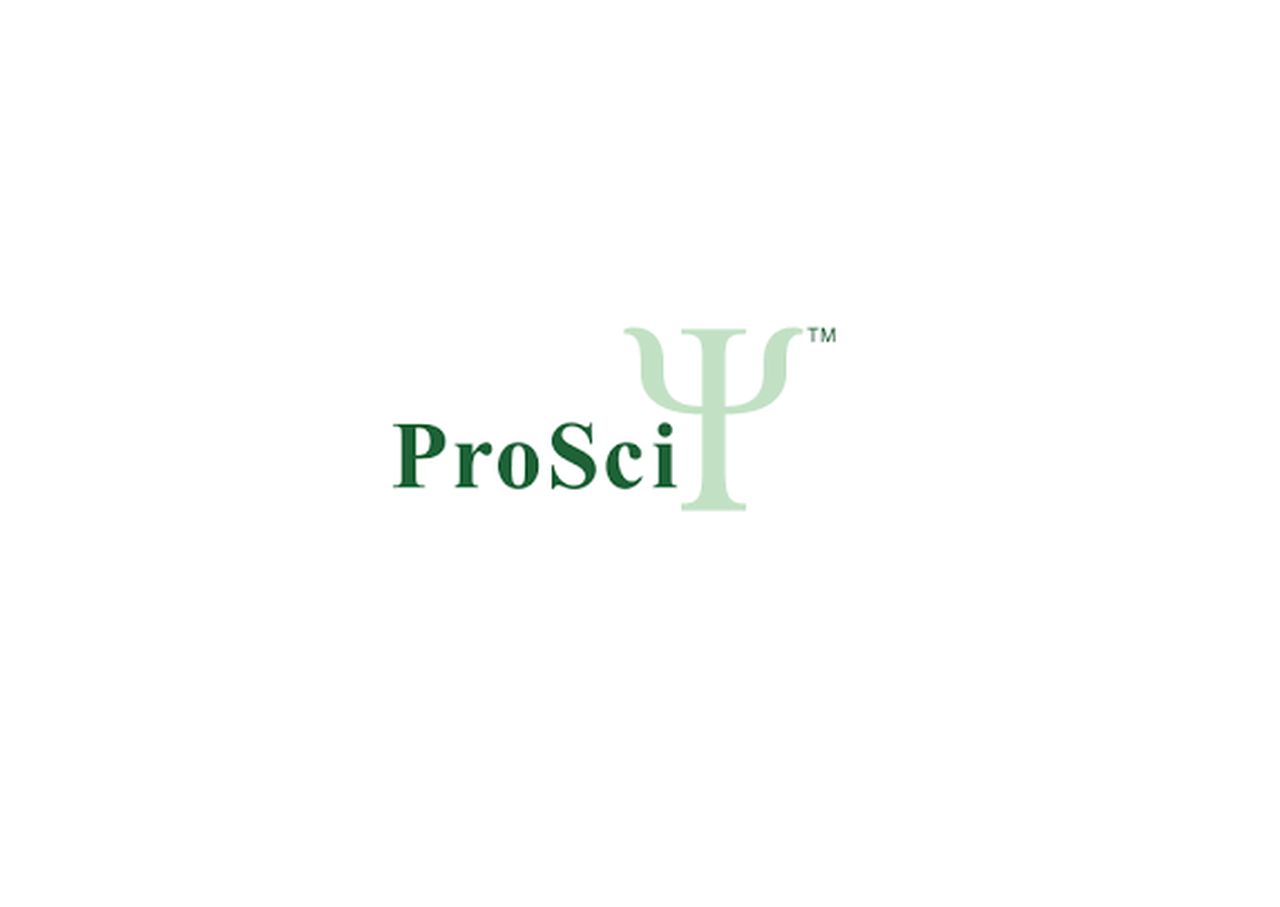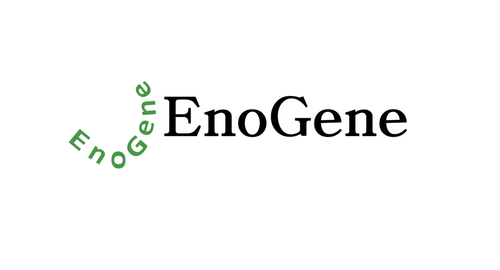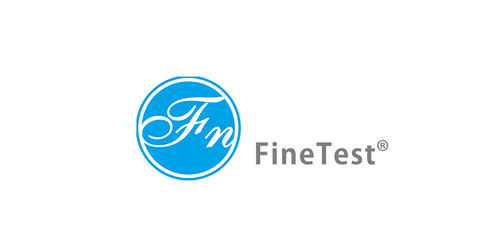Product Description
HLA-DQB2 Antibody | 14-064 | ProSci
Host: Rabbit
Reactivity: Human
Homology: N/A
Immunogen: Recombinant fusion protein containing a sequence corresponding to amino acids 28-227 of human HLA-DQB2 (NP_001185787.1) .
Research Area: Immunology
Tested Application: WB
Application: WB: 1:500 - 1:2000
Specificiy: N/A
Positive Control 1: Raji
Positive Control 2: N/A
Positive Control 3: N/A
Positive Control 4: N/A
Positive Control 5: N/A
Positive Control 6: N/A
Molecular Weight: Observed: 30kDa
Validation: N/A
Isoform: N/A
Purification: Affinity purification
Clonality: Polyclonal
Clone: N/A
Isotype: IgG
Conjugate: Unconjugated
Physical State: Liquid
Buffer: PBS with 0.02% sodium azide, 50% glycerol, pH7.3.
Concentration: N/A
Storage Condition: Store at -20˚C. Avoid freeze / thaw cycles.
Alternate Name: DQB2, HLA-DQB1, HLA-DXB, HLA class II histocompatibility antigen, DQ beta 2 chain, DV19.1 (major histocompatibility complex, class II, DQ beta 2 (HLA-DXB) ) , HLA class II histocompatibility antigen, DX beta chain, MHC class II antigen DQB2
User Note: Optimal dilutions for each application to be determined by the researcher.
BACKGROUND: HLA-DQB2 belongs to the family of HLA class II beta chain paralogs. Class II molecules are heterodimers consisting of an alpha (DQA) and a beta chain (DQB) , both anchored in the membrane. They play a central role in the immune system by presenting peptides derived from extracellular proteins. Class II molecules are expressed in antigen presenting cells (APC: B lymphocytes, dendritic cells, macrophages) . Polymorphisms in the alpha and beta chains specify the peptide binding specificity, and typing for these polymorphisms is routinely done for bone marrow transplantation. However this gene, HLA-DQB2, is not routinely typed, as it is not thought to have an effect on transplantation. There is conflicting evidence in the literature and public sequence databases for the protein-coding capacity of HLA-DQB2. Because there is evidence of transcription and an intact ORF, HLA-DQB2 is represented in Entrez Gene and in RefSeq as a protein-coding locus.
 Euro
Euro
 USD
USD
 British Pound
British Pound
 NULL
NULL










